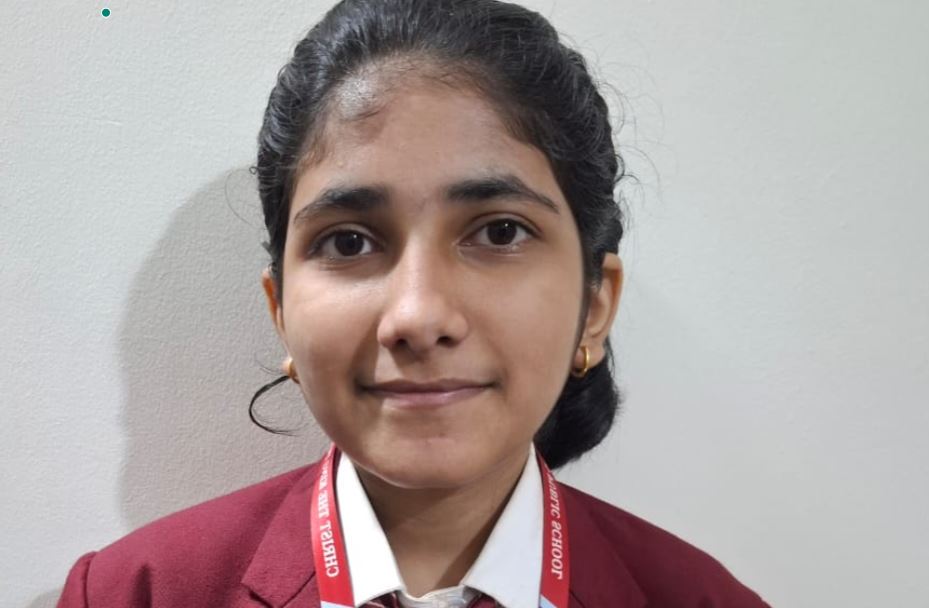Ramanujan was born in Erode in 1887. He was a self-taught mathematical prodigy. He initially developed his own mathematical research in isolation. He tried to interest the leading professional mathematics in his work but failed most of the time. With continuous effort and struggles, but with perseverenve,he produced groundbreaking new theorems.
He independently compiled nearly 3,900 results, mostly identities and equations. Highly unconventional results such as Ramanujan prime, the Ramanujan theta function, partition formulae and mock theta functions, have opened entire new areas of work and inspired further research. He became one of the youngest fellows of the Royal Society and only the second Indian member, and the first Indian citizen, to be elected as a fellow of the Trinity college, Cambridge.
He was ill during 1919 and he died in 1920 at the age 32. His last words were that he would still continue to produce new mathematical ideas and theorems. His “lost notebook” containing discoveries from the last year of his life, caused great excitement among the mathematicians when it was rediscovered in 1976. National mathematics day is celebrated in India, on December 22nd to honor the birth anniversary of Srinivasa Ramanujan, a legendary Indian mathematician. The number 1729 is known as the Hardy-Ramanujan number.
Maths is everywhere -in our day to day life.
Mathematics is important in everyday activities like cooking, shopping , and budgeting it also forms the foundation of many disciplines, including engineering, economics and data science.
BY : Anvi Ramchandra Tavanoji ( Grade 8)(red house)
.





